Welcoming a reptile into your home can be an exciting adventure, but it comes with a unique set of challenges that many first-time owners aren’t prepared for. Unlike traditional pets like cats and dogs, reptiles have highly specialized care requirements that directly impact their health and longevity. From creating the perfect habitat to understanding their dietary needs, there’s a significant learning curve involved. Unfortunately, many enthusiastic new owners make critical mistakes that can compromise their scaly friend’s well-being. This comprehensive guide explores the most common pitfalls first-time reptile owners encounter and offers practical advice on how to avoid them, ensuring your reptilian companion thrives under your care.
Inadequate Research Before Purchase
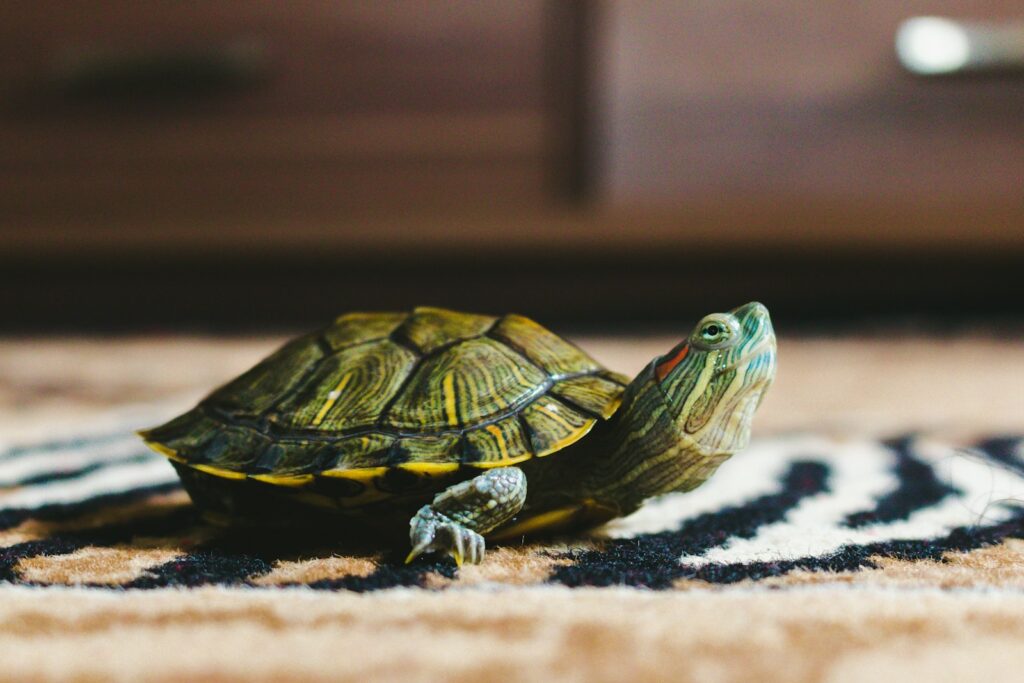
Perhaps the most consequential mistake new reptile owners make is failing to thoroughly research their chosen species before bringing it home. Each reptile species has vastly different requirements for temperature, humidity, diet, enclosure size, and social interaction. For example, a desert-dwelling bearded dragon needs entirely different care than a tropical ball python or an aquatic turtle. Many people purchase a reptile based solely on appearance or popularity without understanding the potential 15-20 year commitment some species require. This lack of preparation often leads to inappropriate housing, poor diet, and health complications that could have been easily avoided with proper research. Taking the time to learn about your desired species’ natural habitat, behaviors, and specific needs is essential groundwork for successful reptile keeping.
Choosing the Wrong Species for Beginners
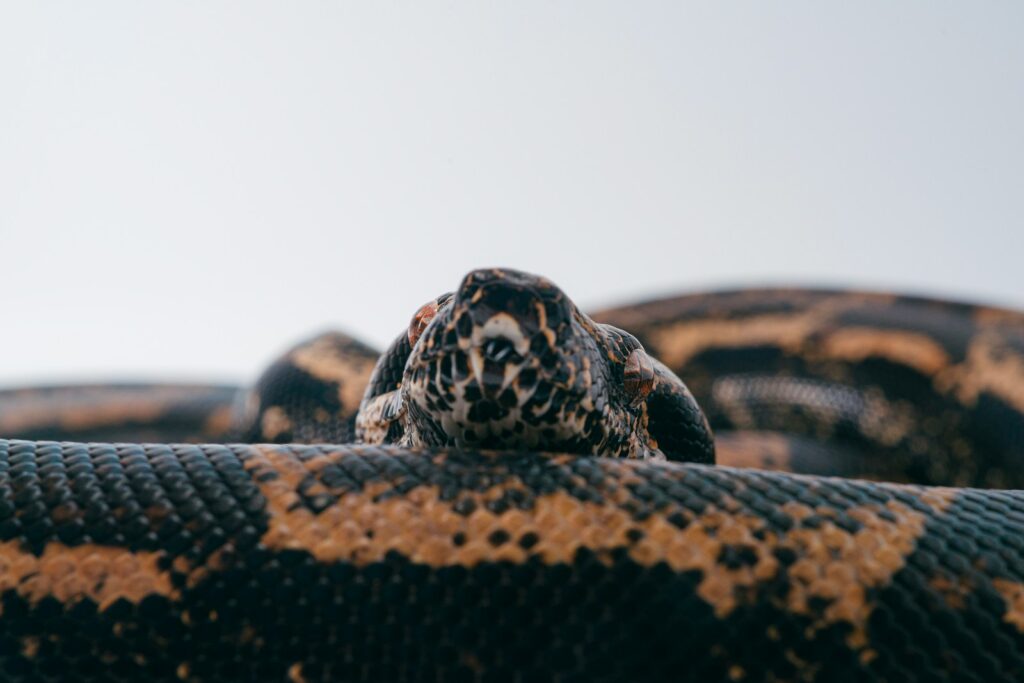
Not all reptiles are suitable for novice keepers, yet pet stores often sell challenging species without adequately informing customers about their complex care requirements. First-time owners frequently gravitate toward chameleons, attracted by their color-changing abilities and unique appearance, without realizing they’re among the most difficult reptiles to maintain properly. Similarly, iguanas are often purchased as cute, small babies without consideration for their eventual 6-foot adult size and territorial nature. Green anoles, while inexpensive and commonly available, have specific humidity requirements that beginners often struggle to maintain. Species like leopard geckos, corn snakes, and bearded dragons generally make much better starter pets due to their hardiness, manageable size, and more straightforward care requirements. Selecting an appropriate beginner species sets both the owner and animal up for success from the start.
Underestimating Space Requirements
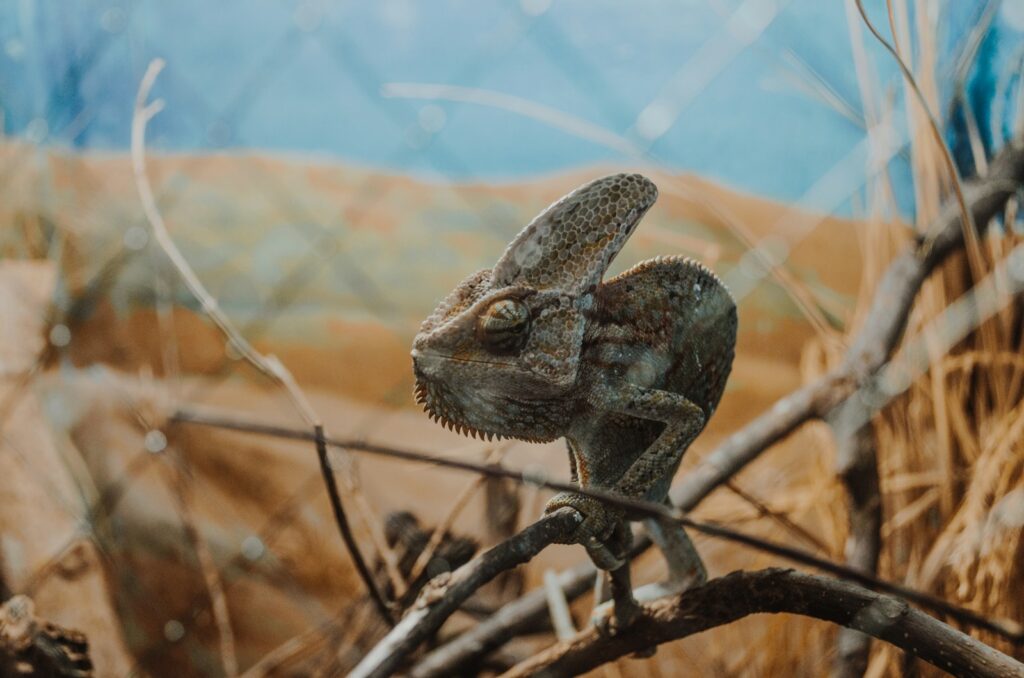
A pervasive misconception among new reptile owners is that these animals don’t need much space, leading to the purchase of enclosures that are far too small. This mistake stems partly from seeing juvenile specimens in pet stores and not accounting for adult growth, and partly from outdated care information that minimized space requirements. In reality, most reptiles need substantial room to exercise, explore, and establish temperature gradients essential for their health. A full-grown bearded dragon, for example, requires at minimum a 4’x2’x2′ enclosure, not the 20-gallon tanks they’re often sold with. Aquatic turtles need large water areas for swimming, plus dry basking areas, with many species eventually requiring tanks over 75 gallons. Providing inadequate space leads to stress, reduced activity, obesity, and various health issues, including metabolic bone disease,e when animals can’t properly thermoregulate.
Improper Temperature Gradients
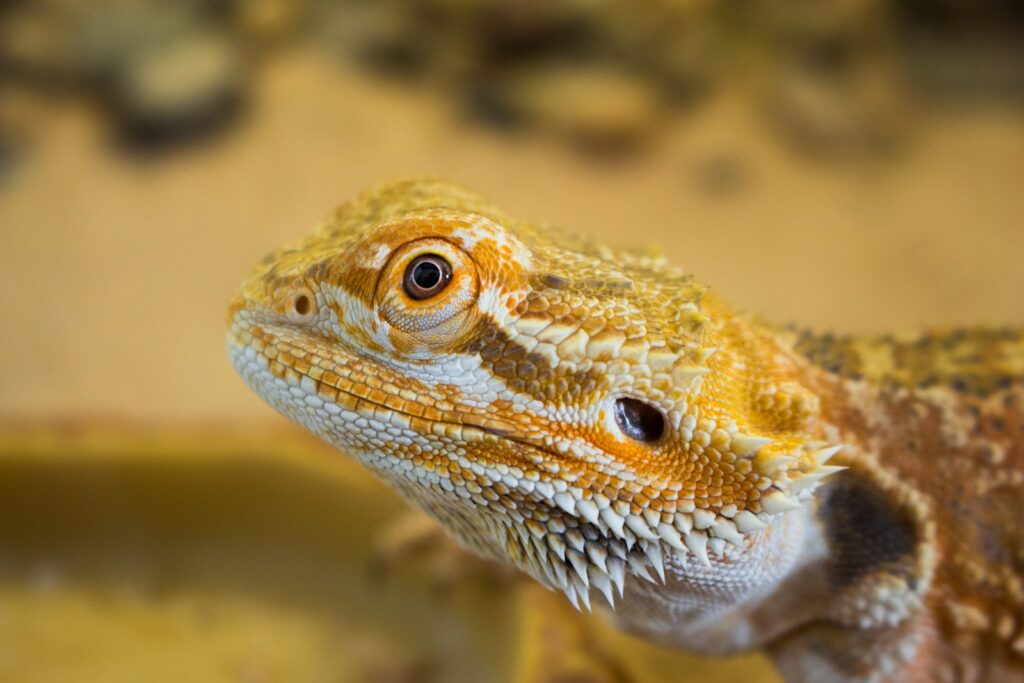
Unlike mammals, reptiles are ectothermic and rely on external heat sources to regulate their body temperature, making proper thermal gradients within their enclosure absolutely critical. Many new owners make the mistake of either maintaining a uniform temperature throughout the habitat or focusing solely on warm basking spots without providing cooler areas. A proper enclosure should offer a range of temperatures, allowing the animal to thermoregulate by moving between warmer and cooler zones as needed. For instance, a bearded dragon’s enclosure should have a basking spot of 95-110°F, with ambient temperatures gradually decreasing to around 75-85°F at the cooler end. Using inappropriate heating equipment, such as heat rocks that can cause burns, or failing to monitor temperatures with reliable thermometers, are common associated errors. Without proper temperature gradients, reptiles cannot digest food properly, fight infections, or maintain normal activity levels.
Neglecting Humidity Requirements

Humidity management is often overlooked by novice reptile keepers, yet it’s as crucial as temperature control for many species. Desert species like leopard geckos and bearded dragons typically require lower humidity levels (around 30-40%), while tropical species such as crested geckos and ball pythons need much higher humidity (50-70% or more). Failing to maintain appropriate humidity levels can lead to serious health issues, including respiratory infections, difficulty shedding, dehydration, or shell problems in turtles. Many first-time owners don’t invest in proper humidity gauges (hygrometers) or create appropriate microclimates within the enclosure. For example, forest-dwelling species often benefit from moist hides that provide localized areas of higher humidity, even if the entire enclosure doesn’t maintain those levels. Understanding and meeting your specific reptile’s humidity needs is fundamental to preventing common health problems that plague captive reptiles.
Incorrect UVB Lighting Setup

The importance of proper UVB lighting cannot be overstated for many reptile species, yet it’s frequently misunderstood or improperly implemented by beginners. UVB radiation is essential for diurnal species (those active during daylight) as it enables them to synthesize vitamin D3, which is necessary for calcium metabolism. Without adequate UVB exposure, reptiles can develop metabolic bone disease – a painful, debilitating, and often fatal condition characterized by softened bones, deformities, and fractures. Common mistakes include using the wrong UVB strength for the species, placing lights too far from the basking area, or using bulbs beyond their effective lifespan (most UVB bulbs need replacement every 6-12 months, even if they still emit visible light). Additionally, many owners unknowingly block UVB rays by placing mesh screens or glass between the light and the animal, significantly reducing the beneficial radiation that reaches their pet. Understanding your specific reptile’s UVB requirements and implementing them correctly is crucial for long-term health.
Offering an Inappropriate Diet
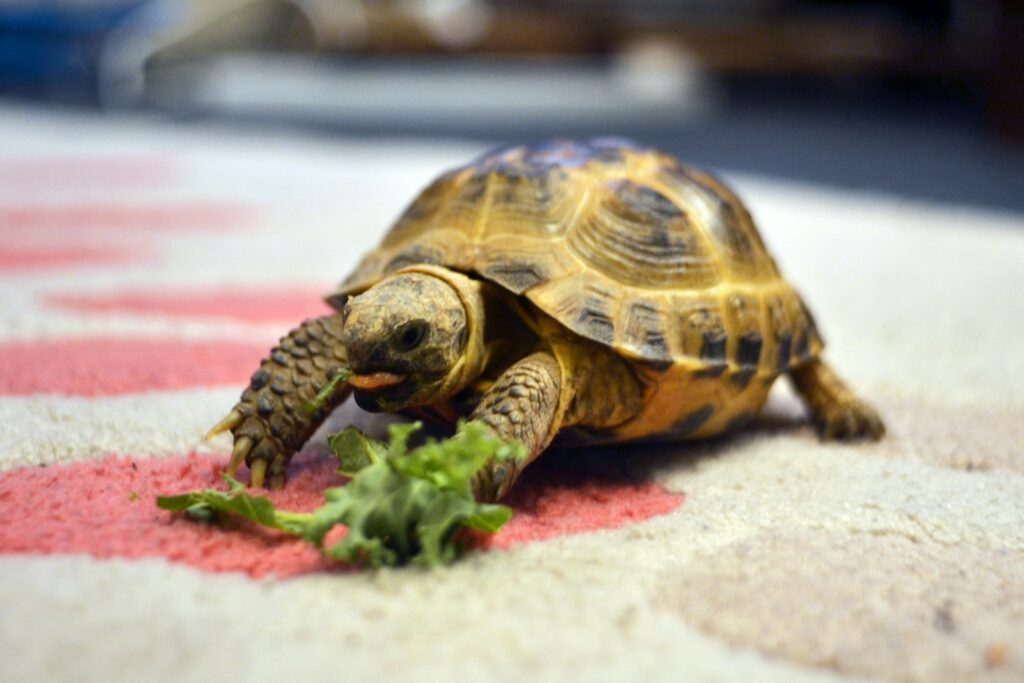
Dietary mistakes rank among the most common and serious errors made by first-time reptile owners. Different reptile species have evolved highly specialized diets that can vary dramatically, from pure carnivores like snakes to strict herbivores like tortoises, with many omnivorous species in between. New owners often feed commercially available foods without understanding their pet’s natural diet or nutritional needs. For example, many beginners feed juvenile bearded dragons primarily crickets without providing the plant matter that should constitute a significant portion of their diet, especially as they mature. Conversely, terrestrial turtles and tortoises are sometimes fed commercial pelleted diets and protein-rich foods rather than the fiber-rich vegetation many species require. Another common mistake is failing to properly gut-load feeder insects or dust them with calcium and vitamin supplements, leading to nutritional deficiencies over time. Researching and implementing a species-appropriate diet is fundamental to preventing numerous health issues.
Inadequate Substrate Choices

Selecting appropriate bedding or substrate for a reptile’s enclosure is often an area where first-time owners make critical errors. Many novices choose substrates based on appearance or cost rather than the specific needs of their species. Loose particle substrates like calcium sand, marketed as “digestible” for desert species, can actually cause dangerous intestinal impactions if accidentally ingested. Similarly, cedar and pine shavings, while inexpensive, release aromatic oils that can cause respiratory issues in reptiles. Substrates that are too dry may not maintain necessary humidity levels for tropical species, while overly moist substrates can promote bacterial and fungal growth. Different reptiles have evolved in specific environments – desert species typically need dry, stable substrates, while forest dwellers may require moisture-retaining options that won’t mold. Choosing the wrong substrate not only affects the animal’s comfort but can also directly impact their health and well-being.
Insufficient Hide Spots and Enrichment
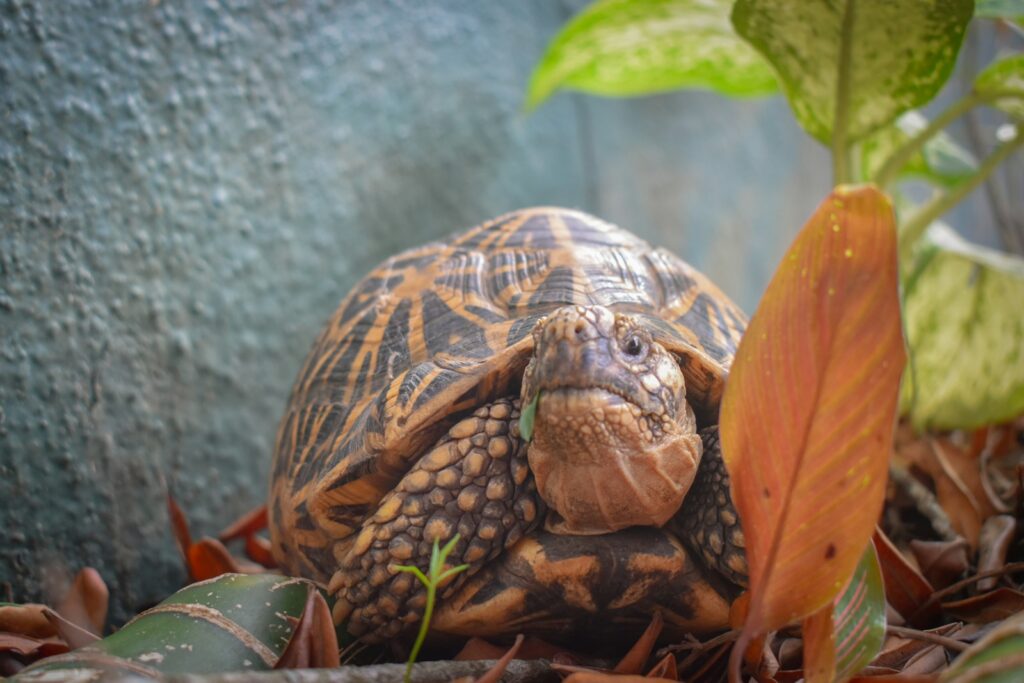
Many new reptile owners create enclosures that are aesthetically pleasing to humans but fail to address their pet’s psychological needs for security and stimulation. Most reptiles are prey animals in the wild and require multiple hide spots throughout their enclosure, particularly at both the warm and cool ends, to allow them to feel secure while still maintaining proper body temperature. Without adequate hiding places, reptiles experience chronic stress, which can suppress their immune system and lead to health problems. Similarly, many owners underestimate reptiles’ need for environmental complexity and enrichment. Even species with relatively simple needs benefit from variation in their environment, such as branches for climbing, rocks for basking, or different textures to explore. Providing appropriate hides and environmental enrichment encourages natural behaviors, reduces stress, and contributes significantly to a reptile’s overall well-being.
Cohabiting Incompatible Animals
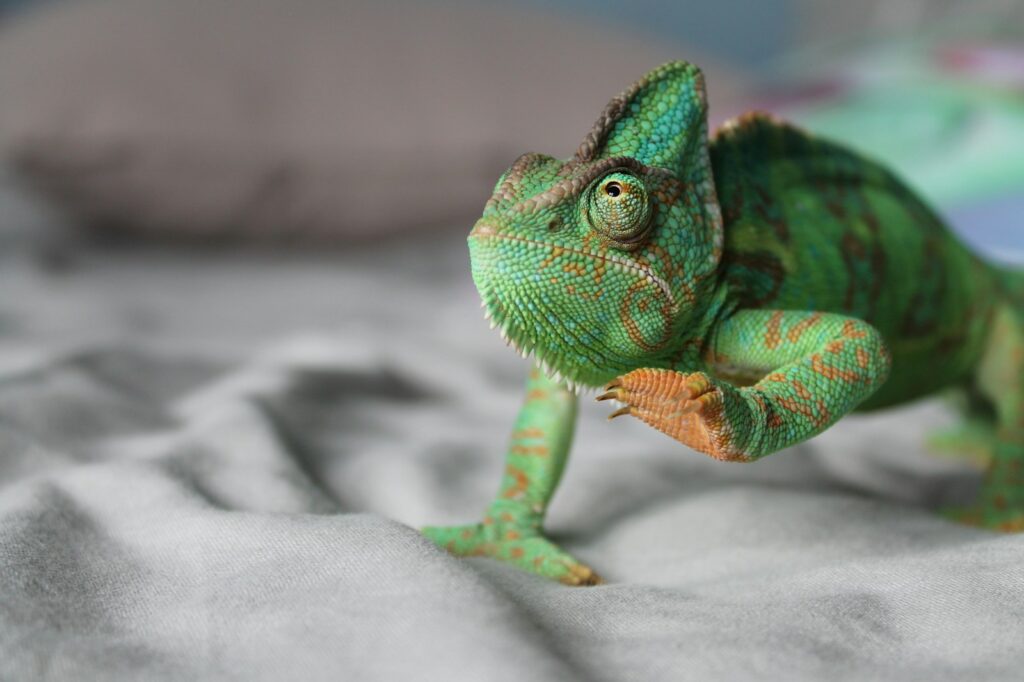
Housing multiple reptiles together without understanding their social needs is a mistake that can have deadly consequences. Contrary to popular belief, most reptile species are solitary by nature and experience stress when forced to share territory with others. This stress can manifest as reduced appetite, growth, and activity, even before any obvious aggression occurs. In many species, particularly territorial ones like bearded dragons, leopard geckos, and chameleons, cohabitation frequently leads to dominance behaviors, injuries from fighting, and uneven access to resources like basking spots and food. Even seemingly peaceful cohabitation often masks chronic stress that shortens lifespans. Special consideration applies to mixing different species, which can introduce incompatible environmental needs and potential disease transmission. The general rule for beginners should be one reptile per enclosure unless working with known colony species under expert guidance.
Handling Stress and Overhandling

The excitement of a new reptile often leads first-time owners to handle their pets excessively without recognizing signs of stress. Unlike many mammals, most reptiles do not crave or benefit from frequent handling; they merely tolerate it to varying degrees depending on the species and individual temperament. New owners frequently mistake a reptile’s stillness during handling for contentment when it may actually indicate fear-based freezing behavior. Constant handling disrupts their thermoregulation cycle, can cause physical stress, and prevents them from engaging in natural behaviors. Signs of handling stress include rapid breathing, closing eyes, attempting to escape, tail whipping, or hissing, which owners sometimes misinterpret or ignore. A better approach involves allowing new reptiles an acclimation period of at least two weeks with minimal disturbance, then gradually introducing brief, gentle handling sessions while being attentive to the animal’s body language and stress signals.
Delayed Veterinary Care

Many first-time reptile owners fail to establish a relationship with an exotic animal veterinarian until an emergency arises, only to discover that finding qualified reptile care can be challenging on short notice. Unlike cats and dogs, reptiles typically mask illness until conditions become advanced, as showing weakness would make them vulnerable to predators in the wild. By the time symptoms become obvious enough for an owner to notice, such as not eating, lethargy, or visible discharge, the animal may have been sick for weeks or months. This delay, combined with waiting too long to seek treatment, significantly reduces success rates for many treatable conditions. Additionally, many owners don’t realize that reptiles benefit from wellness exams and preventative care, including parasite screenings. Finding a reptile-savvy veterinarian before purchase and scheduling an initial health check for any new pet can establish a baseline for future care and catch potential issues early.
Skimping on Essential Equipment
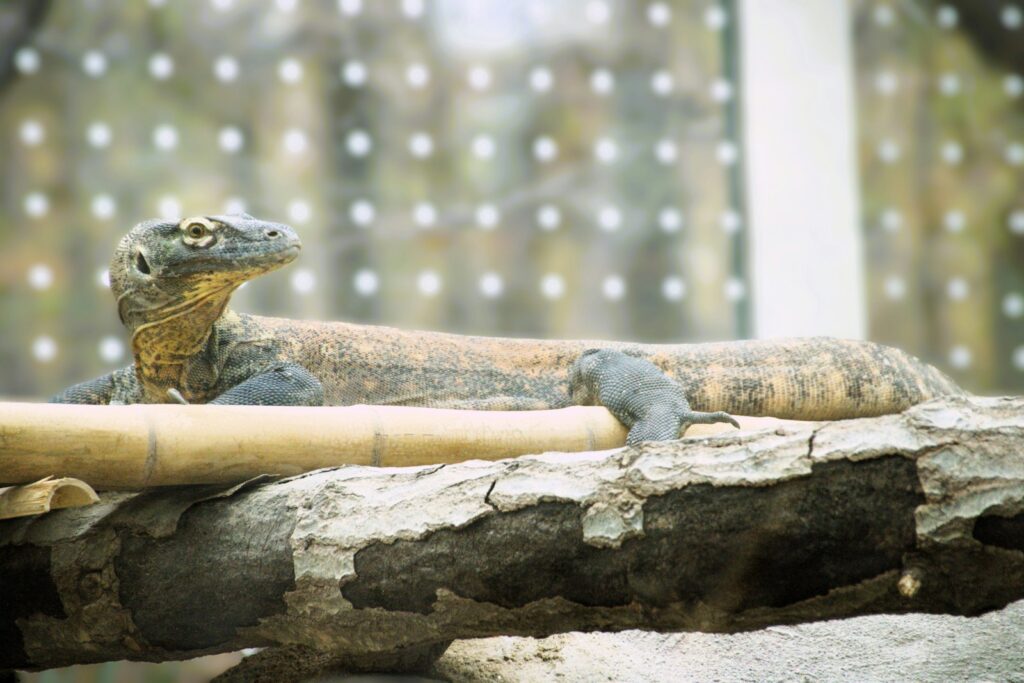
The initial investment in proper reptile equipment can be substantial, leading some first-time owners to cut corners in ways that ultimately compromise their pet’s health. Attempting to save money by purchasing inadequate heating, lighting, or housing can create dangerous conditions and lead to expensive veterinary bills later. For example, using a single heat lamp instead of a proper temperature gradient setup, choosing underpowered UVB bulbs, or failing to invest in accurate thermometers and hygrometers can result in serious health complications. Similarly, buying the minimum-sized enclosure rather than planning for adult growth often means purchasing multiple habitats as the animal matures, ultimately costing more than starting with an appropriate setup. While budget considerations are understandable, researching the full cost of proper care before purchase and prioritizing essential equipment over aesthetic accessories ensures better outcomes for both the animal and the owner’s long-term finances.
Relying on Outdated or Inaccurate Information
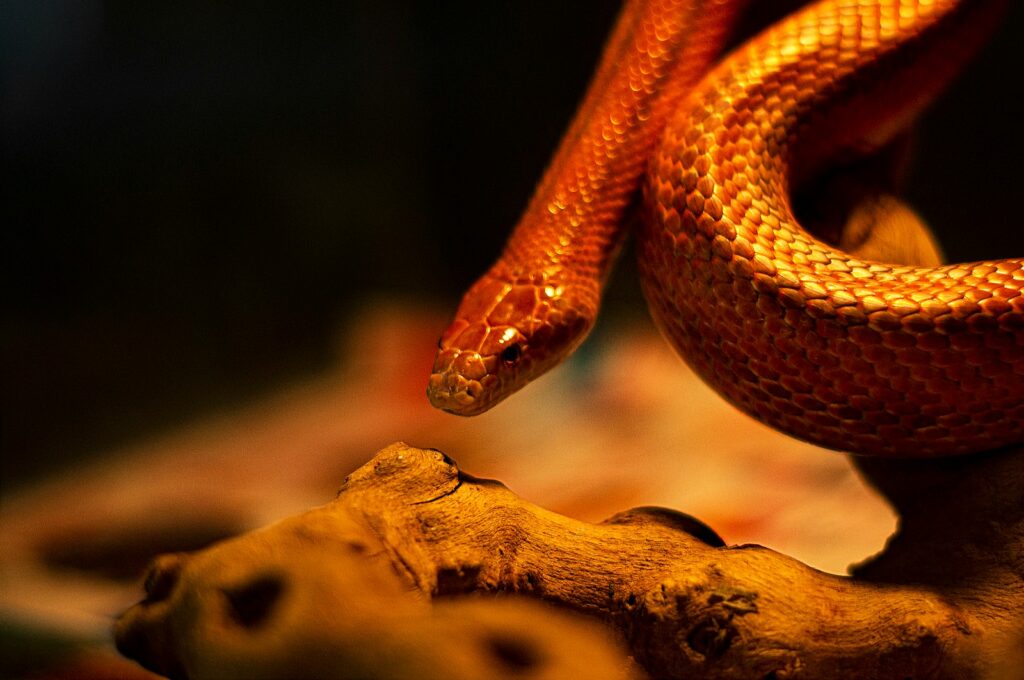
The field of reptile husbandry has evolved significantly in recent decades, yet many new owners unknowingly rely on outdated care information from pet store employees, older books, or unvetted internet sources. Care standards considered acceptable even ten years ago may now be recognized as inadequate based on increased understanding of reptile biology and behavior. For instance, recommendations for enclosure sizes have generally increased as research has shown the benefits of more spacious habitats, and many lighting and supplementation protocols have been refined based on new studies. Pet store care sheets often contain generalized or minimalist recommendations designed to make reptile keeping seem simpler and less expensive than it actually is. First-time owners should seek information from multiple reputable sources, including recent herpetological publications, established reptile-keeping forums, and species-specific care guides from respected organizations. Connecting with experienced keepers through reptile societies or online communities can also provide valuable mentorship and up-to-date care advice.
Conclusion

The journey into reptile ownership is rewarding but comes with a significant learning curve. By understanding and avoiding these common first-time mistakes, you’ll provide a healthier, more enriching life for your scaly companion. Remember that proper research before purchase, species-appropriate housing, correct temperature and humidity management, appropriate diet, and finding a qualified exotic veterinarian are fundamental to successful reptile keeping. Every species has unique requirements that must be met for it to thrive in captivity. By investing time in education and proper setup from the beginning, you’ll develop a fulfilling relationship with your reptile and potentially enjoy many years together. The reptile hobby continues to evolve with improving husbandry practices, so staying connected with knowledgeable communities and remaining open to updating your care techniques will ensure the best possible life for your cold-blooded companion.

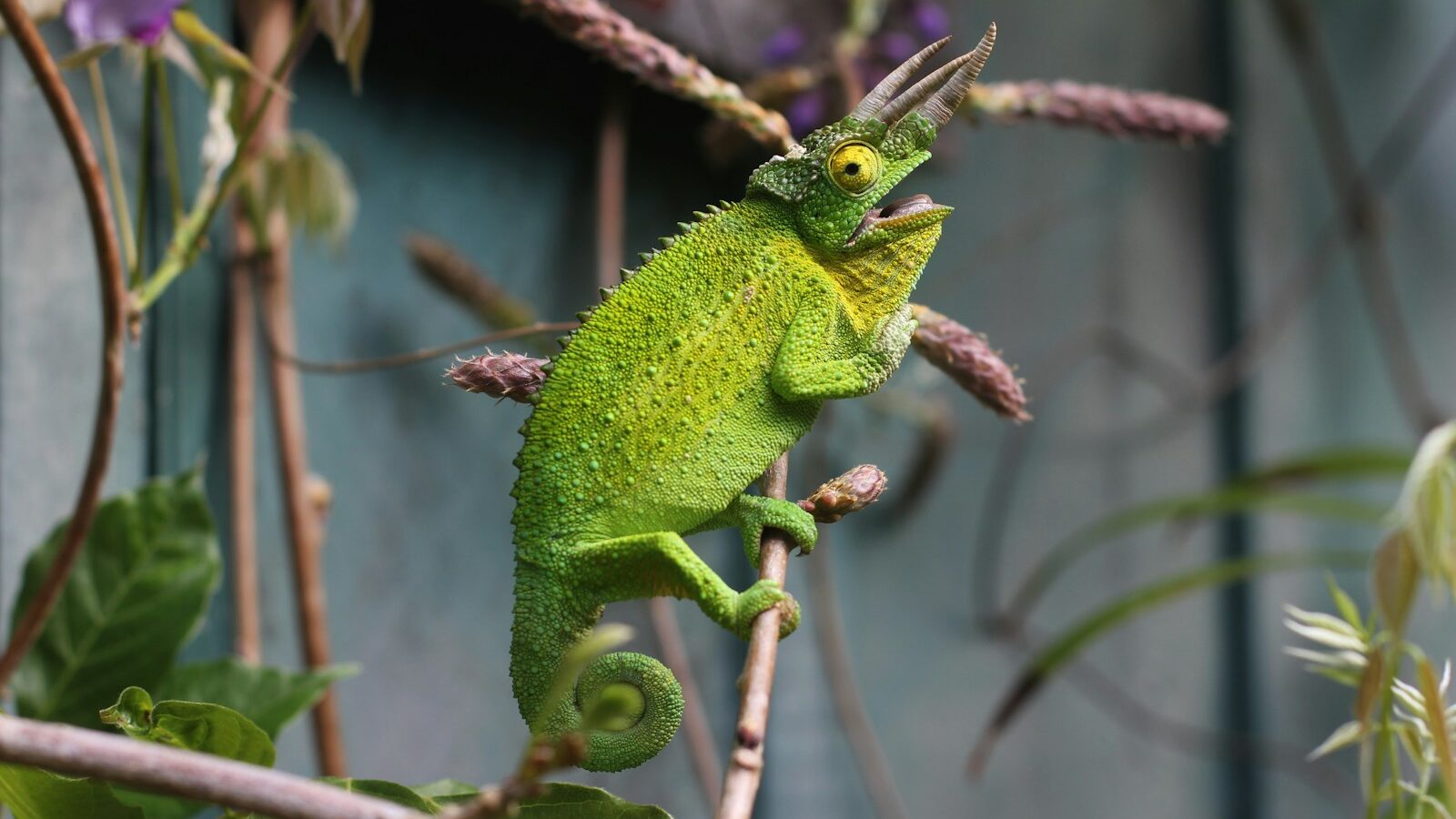




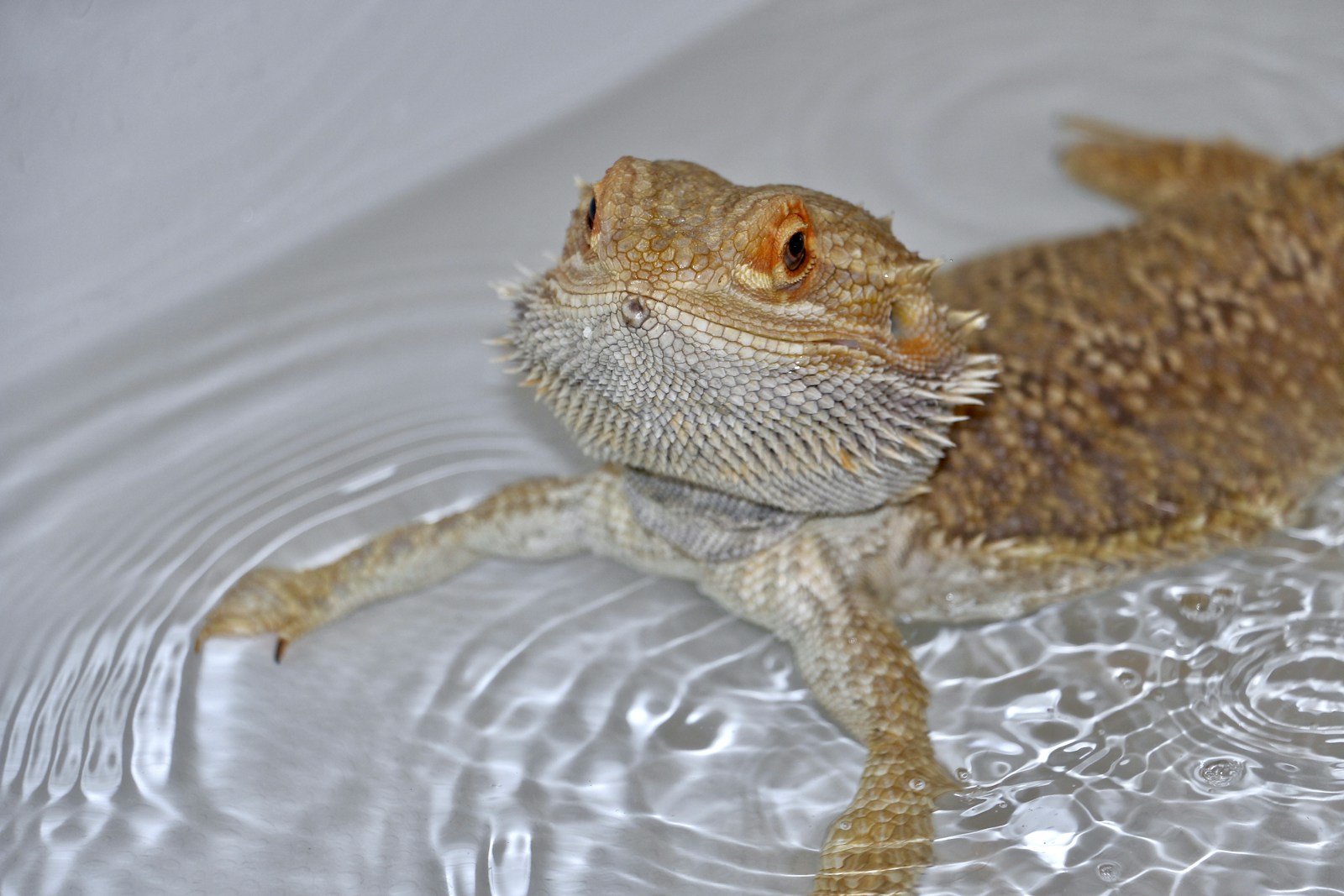

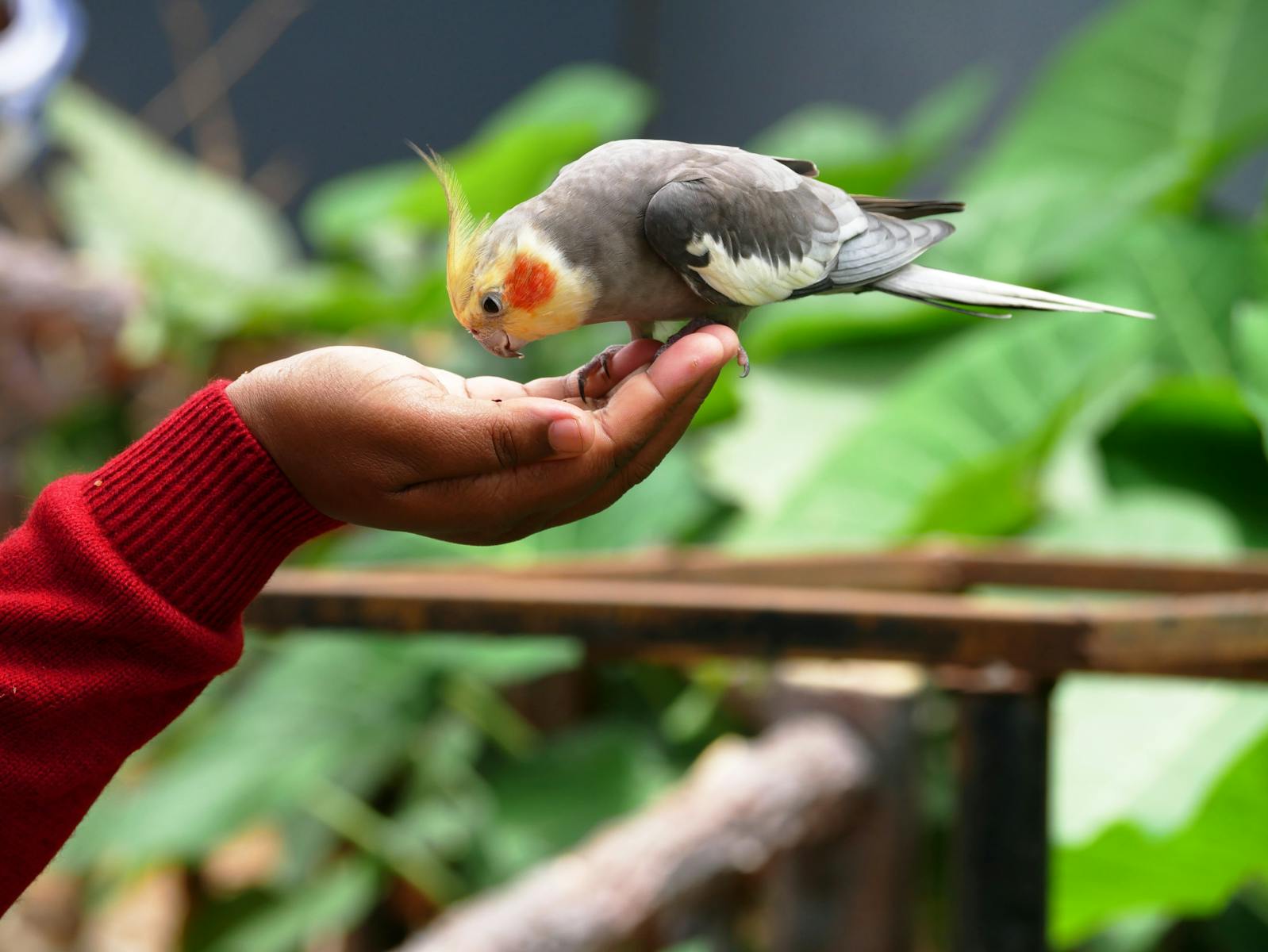







Leave a Reply